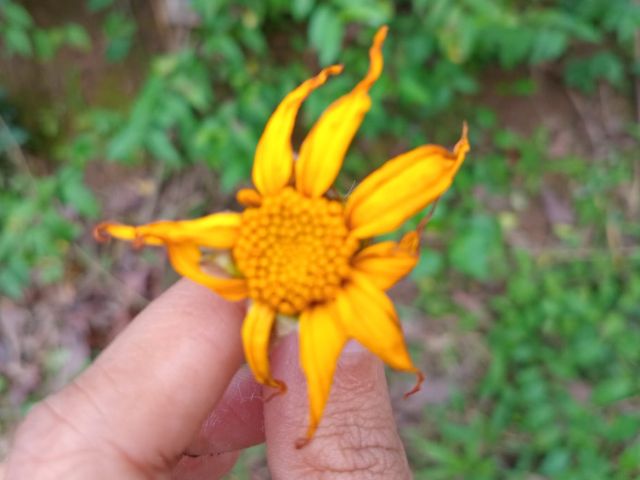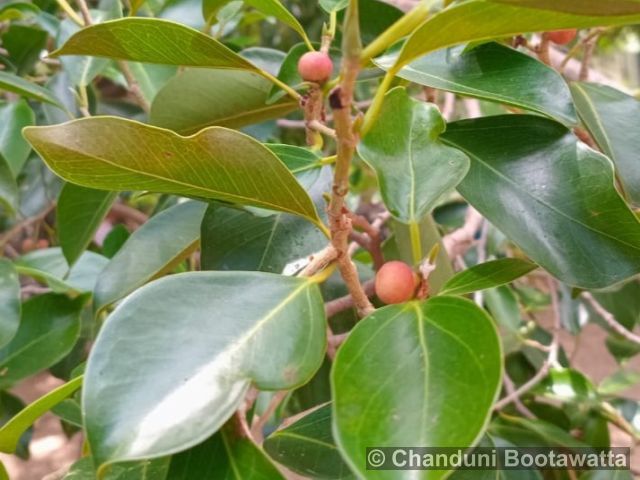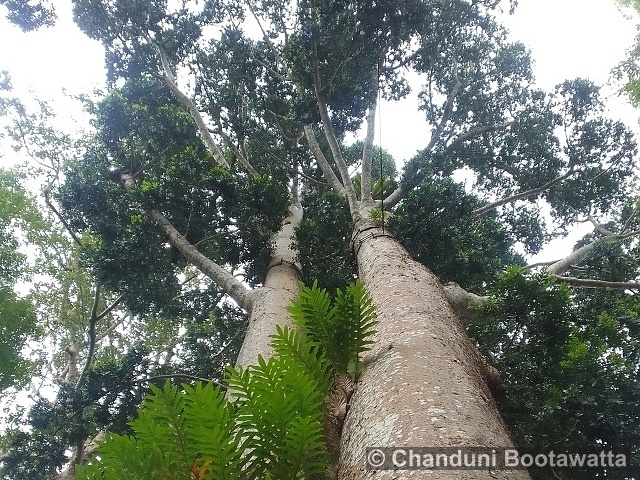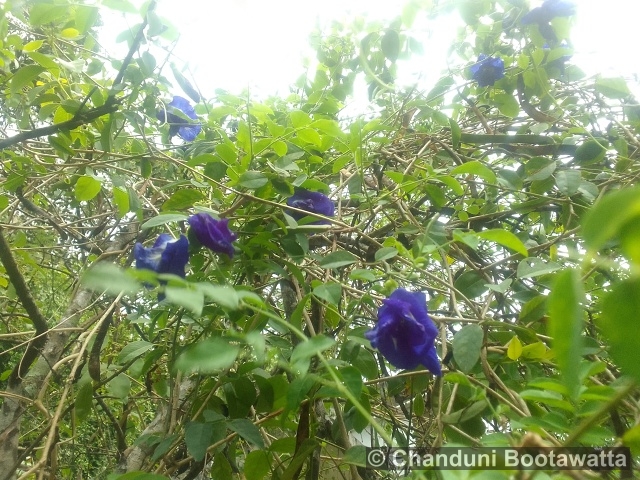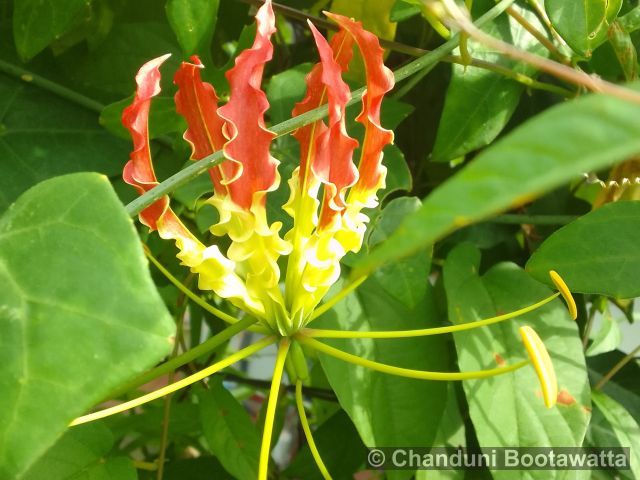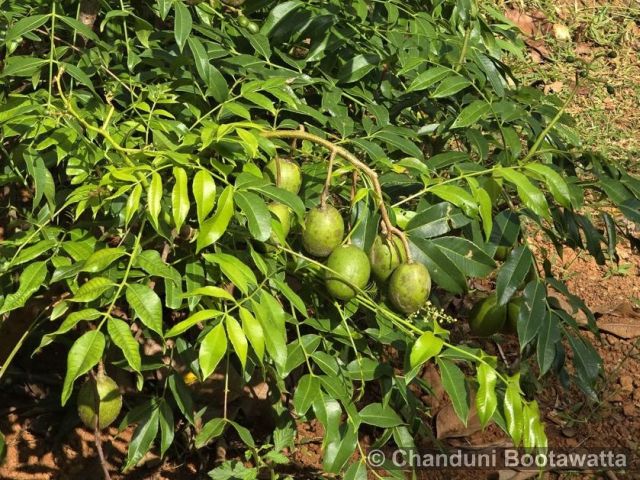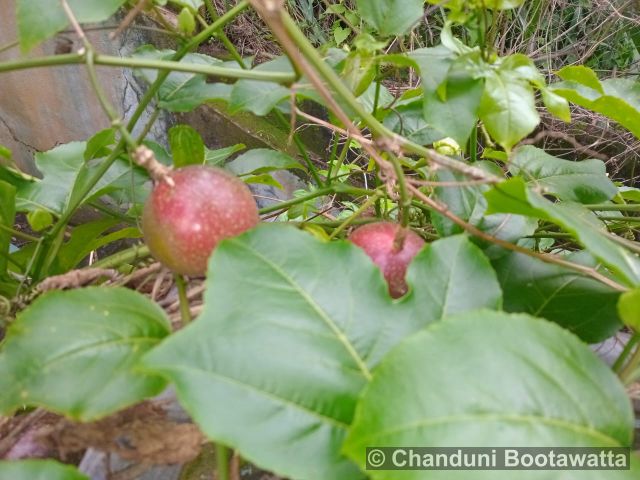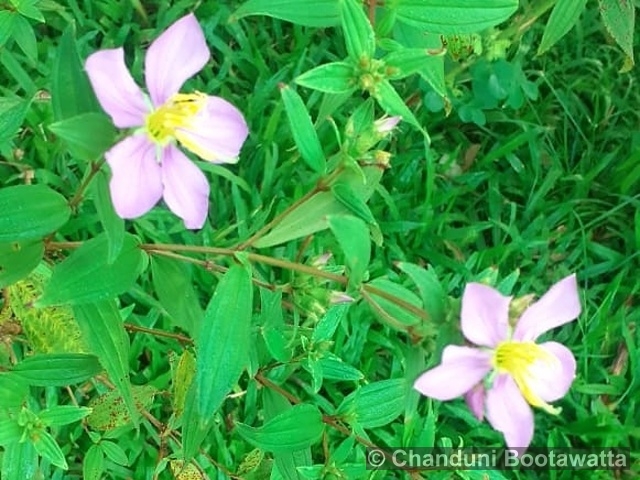Tento příspěvek byl přečten160krát!
Ganda pana (ගඳපාන), Hinguru (හිඟුරු), common lantana, shrub verbena, red sage, yellow sage, and wild sage, libora měnivá
Syn.: Lantana aculeata L.; Lantana camara var. aculeata (L.) Moldenke; Lantana camara var. flava (Medik.) Moldenke; Lantana camara var. hybrida (Neubert) Moldenke; Lantana camara var. mista (L.) Bailey; Lantana camara var. mutabilis (Hook.) Bailey; Lantana camara var. nivea (Vent.) Bailey; Lantana camara var. sanguinea (Medik.) Bailey
Family – Verbenaceae, sporýšovité
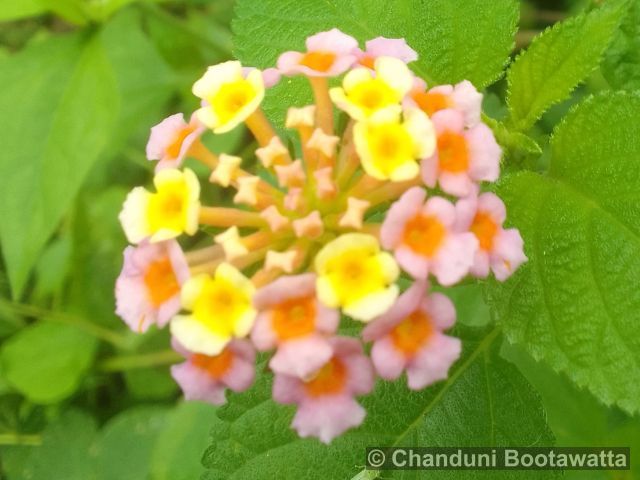
Description: Is a flowering shrub known for its vibrant, multi-colored flowers that range from yellow, orange, pink, red, and purple, often changing color as they mature. The plant features ovate, rough-textured leaves that are dark green and have a strong aromatic scent when crushed. It typically grows as a bushy shrub, reaching 1 to 2 meters in height, with a sprawling habit. The shrub thrives in full sun and is valued for its bright, showy flowers and ability to attract pollinators like butterflies and bees.
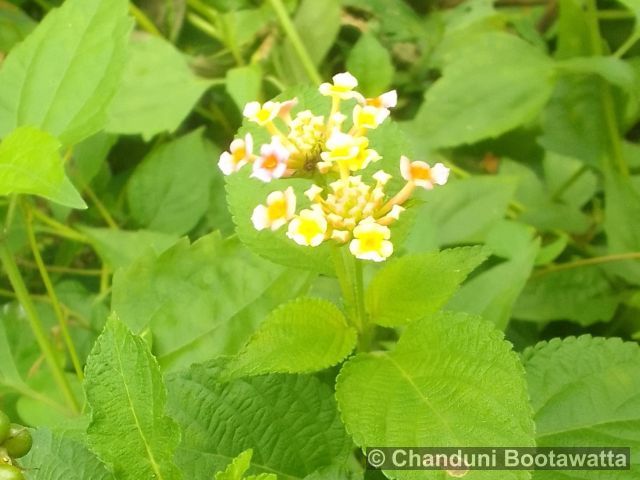
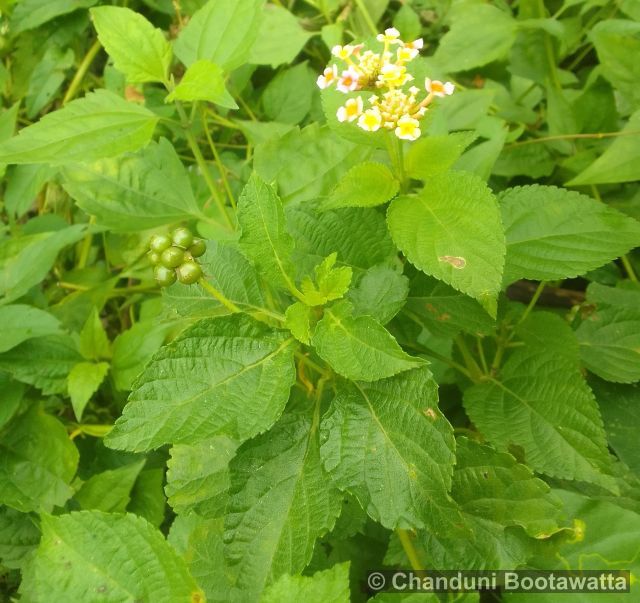
Substitutions – Lantana trifolia: A closely related species, commonly known as Lantana or Creeping Lantana, used as an ornamental ground cover with smaller, less showy flowers. – Lantana montevidensis: Known as Trailing Lantana, it has a creeping habit and produces purple to white flowers, often used as a ground cover or in hanging baskets. – Lantana involucrata: Also known as Buttonbush Lantana, this species is a shrub that has small, white or yellow flowers in button-like clusters, similar to Lantana camara but with a more compact growth.
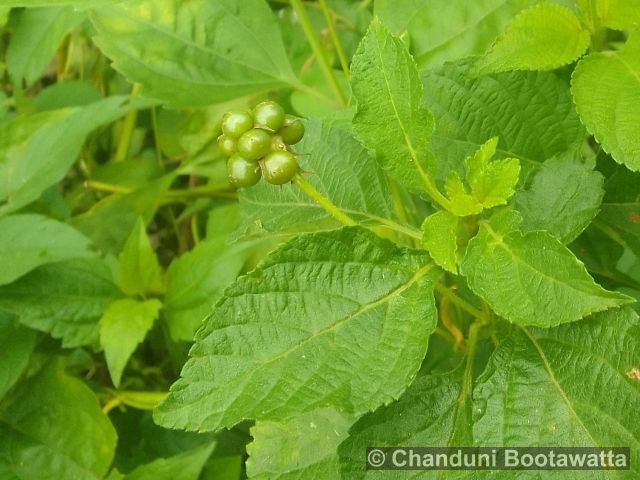
Ecology: Is adaptable to a variety of soils, including sandy, loamy, and rocky soils, preferring well-drained conditions. It is highly drought-tolerant once established and can grow in areas with minimal rainfall. This plant thrives in tropical and subtropical climates, where it can endure heat and fluctuating conditions. It is considered an invasive species in some regions due to its ability to spread rapidly and outcompete native plants.
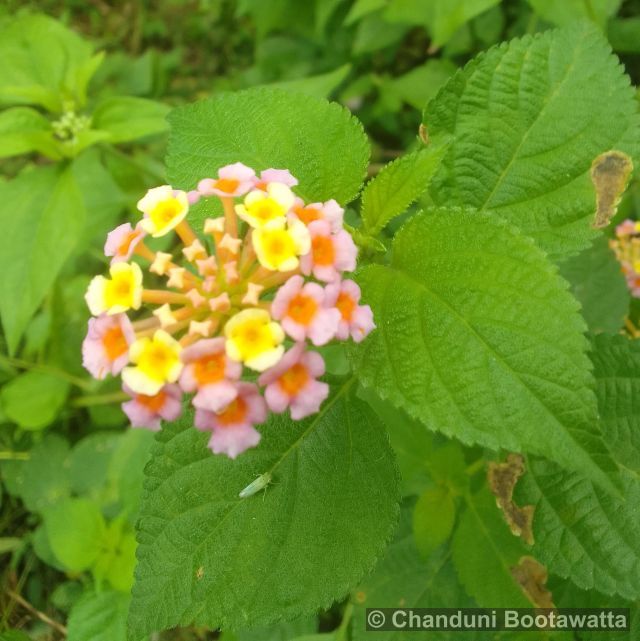
General Distribution: Native to the tropical Americas, Lantana camara has spread across tropical and subtropical regions worldwide, including parts of Asia, Africa, and Australia. It is commonly found in gardens, roadsides, wastelands, and forests, especially in regions with a warm climate. Due to its ornamental value, it is widely cultivated in both urban and rural areas across various countries.
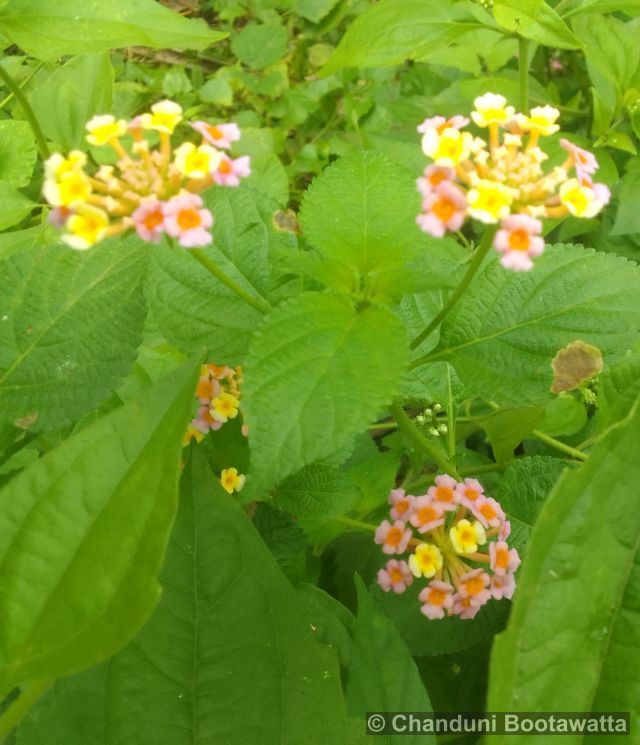
Use: Used as an ornamental plant for landscaping, in traditional medicine for its anti-inflammatory and antimicrobial properties, as ground cover or hedging, fodder for livestock, and occasionally in biofuel production, though caution is needed due to its toxicity.
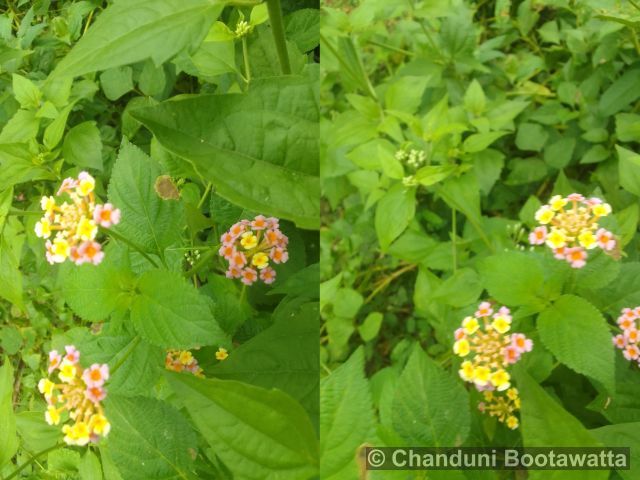
Author of text and photos: Chanduni Bootawatta.
Photographed in Homagama, Sri Lanka on 25 January 2025.



 Poslat emailem
Poslat emailem
